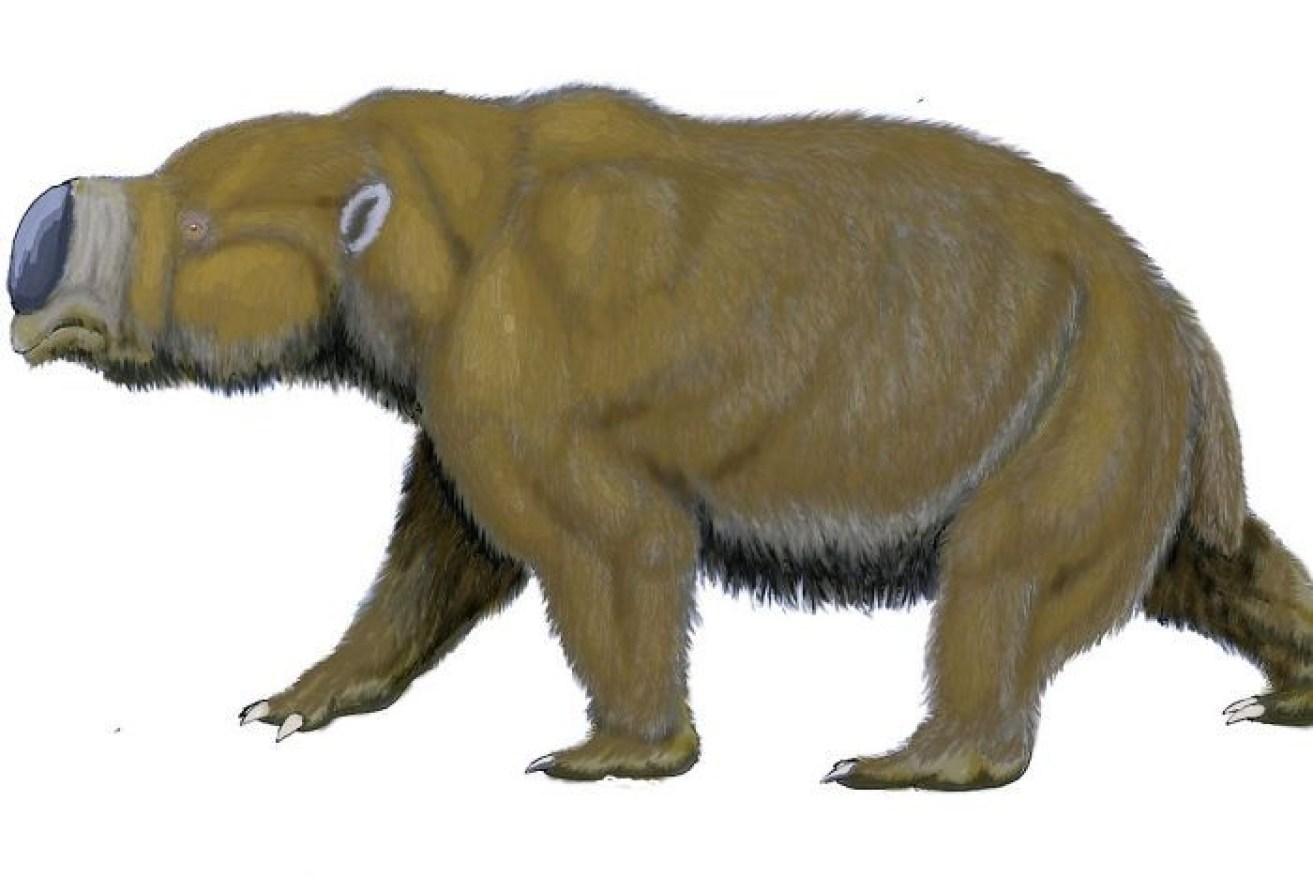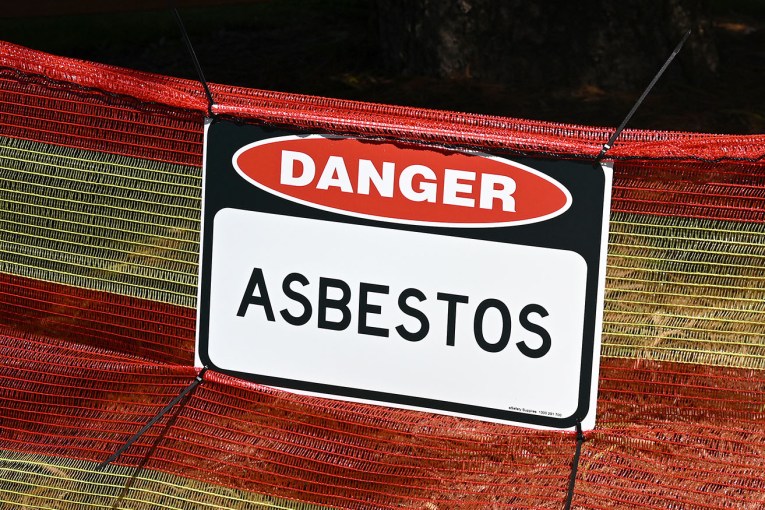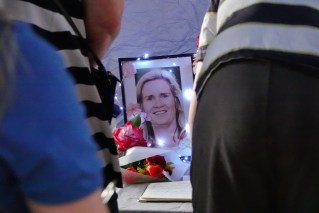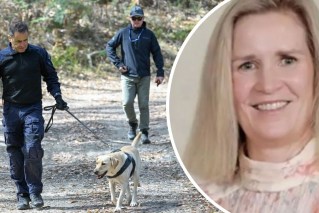Teeth of rhinoceros-sized wombat found in Victoria

The Diprotodon, the biggest marsupial ever, lived in Australia until extinction about 46,000 years ago. Photo: Wikimedia Commons
Archaeologists have uncovered teeth from the extinct Diprotodon, a giant wombat-like marsupial, at a swamp north of Melbourne.
A team of archaeologists and palaeontologists from Victorian universities, traditional owners and Museum Victoria set up the dig at Lancefield Swamp this week.
Dr Jillian Garvey said the Diprotodon, the largest known marsupial species, weighed about one tonne.
“It was the biggest marsupial that ever lived and was about the size of a four-wheel drive or a rhino,” she said.
“We’ve found a couple of pieces of small pieces of fragments. Their incisors are quite long and they are big.
“Their molars are about an inch-and-a-half.”

Palaeontologists are hoping the dig sheds new light on what happened at Lancefield Swamp. Photo: Dr Sanja Van Huet/Deakin University
The team also found teeth and limb bones from the Macropus Titan, a giant extinct kangaroo, and Aboriginal artefacts.
Previous digs at the site have uncovered skeletons of giant kangaroos, rhinoceros-sized wombat-like animals and marsupial lions, La Trobe University said.
“In the 1970s it was thought that some of the fossils may have been quite young — around the 25,000 year-old mark — but more recently some people have surmised they might be 50,000 to 80,000 years old,” Dr Garvey said.
There are five pits on the site, each about two-metres deep, and sediment collected will be analysed to reveal what the landscape looked like thousands of years ago.
Animals may have been hunted or ‘got bogged’
Lancefield Swamp is one of Victoria’s most famous and significant megafauna sites, but little is known about how such a large number of fossils ended up there.
Dr Garvey said she hoped the dig would shed new light on the mystery.
“We’ve previously thought it could’ve been human hunting — it could’ve been that the animals got bogged.”
“But more likely it’s that they came through from another water channel somewhere else.”
She said in three areas that had been dug up, no bones were found at all.
“We may not be able to solve the mystery, but we can get closer. We can talk about what happened in this part of Victoria,” she said.
“We don’t really know much about the megafauna and what happened to them. It’s a big contentious debate. Was it humans? Was it climate?”
Start of a long-term project
Fossils were first located at the swamp in the 19th century, and there were digs at the site in the early 1990s, 2004 and 2005.
The team of diggers have focused on previous excavation site. Dr Garvey said the team was fairly confident it had discovered one of the fossil beds.
“This is just the start of a long-term project. We’ve got a few other pieces that we don’t know what they are,” he said.
She said some other areas of the swamp could have bone pits from different time periods.
“These animals are far more fascinating. They’re so unusual. One had meat shearing teeth. They’re just bizarre,” she said.
Excavation at the site will finish up on Saturday, when a megafauna festival will start.
Over the weekend, people can see the fossils discovered and visit the dig site.








